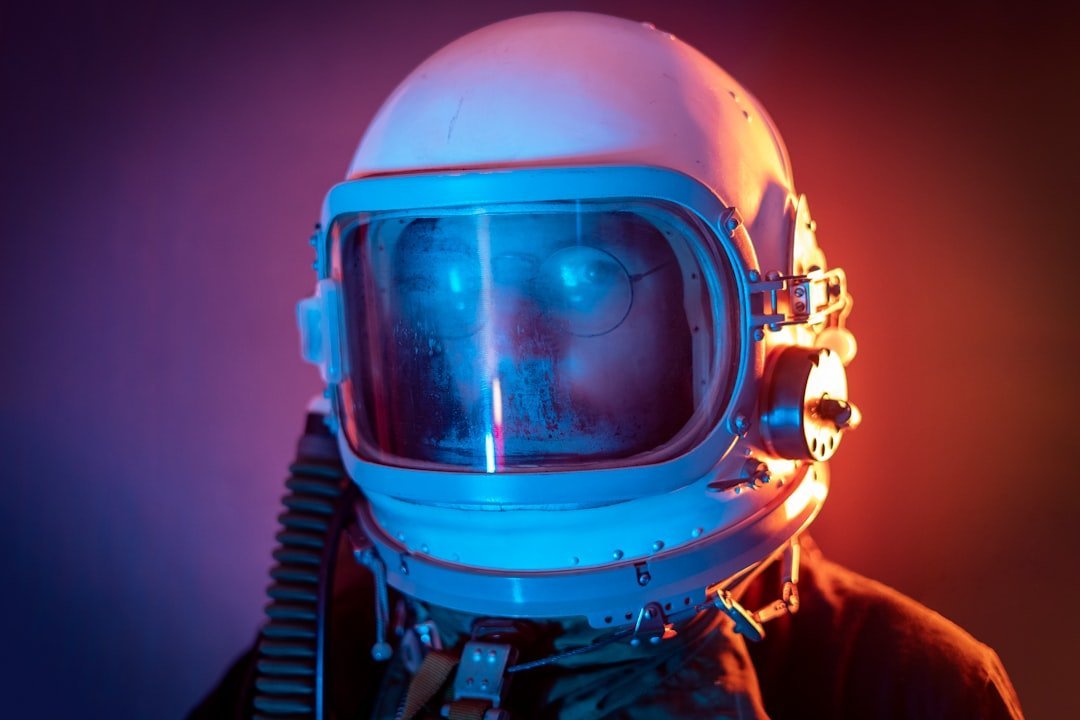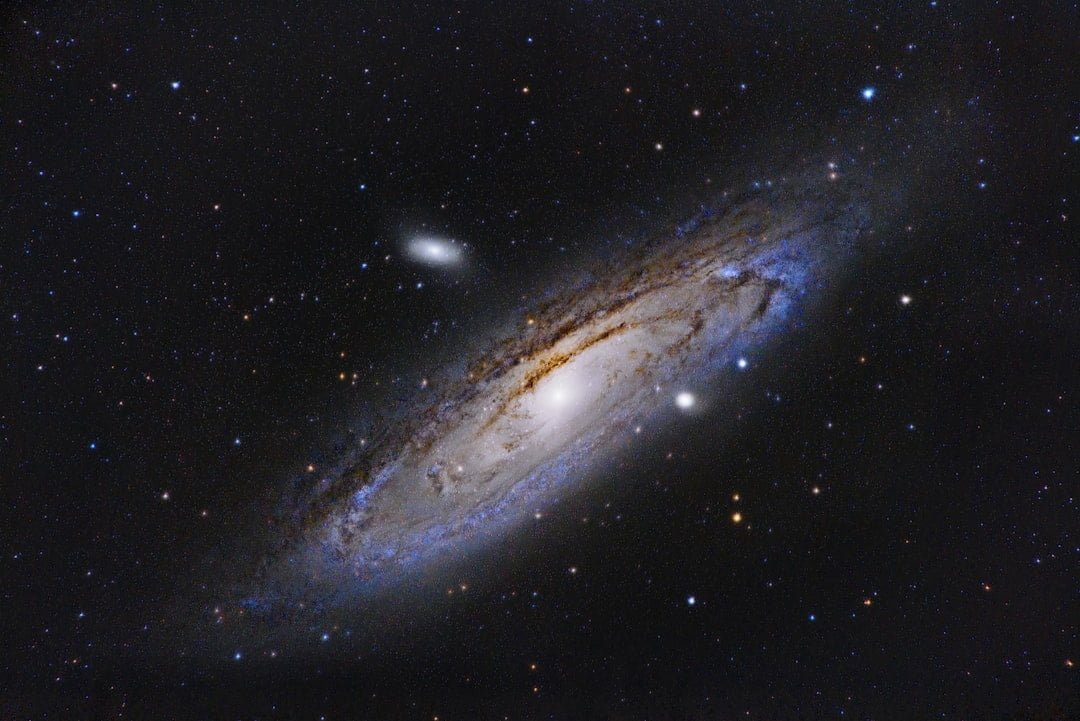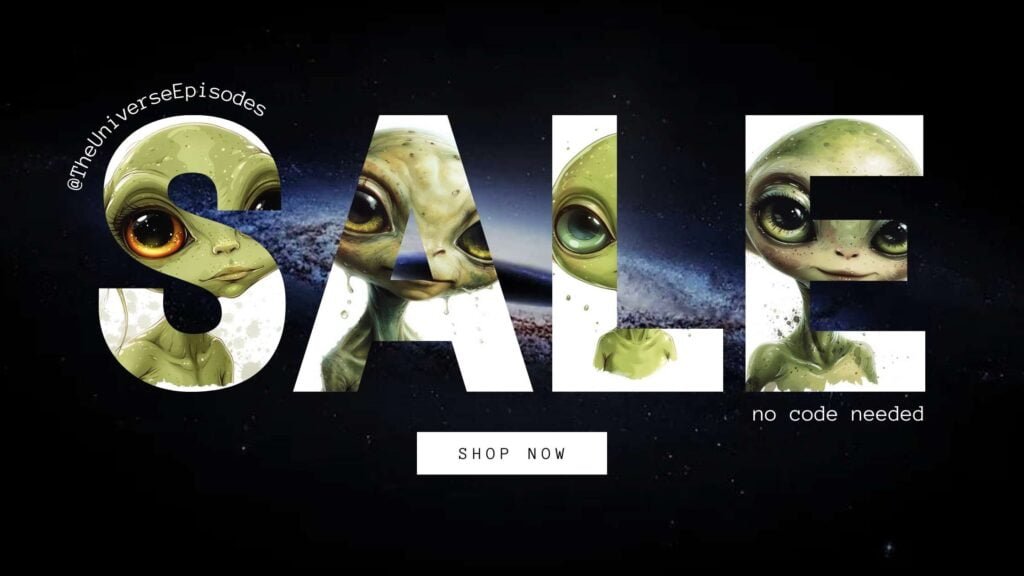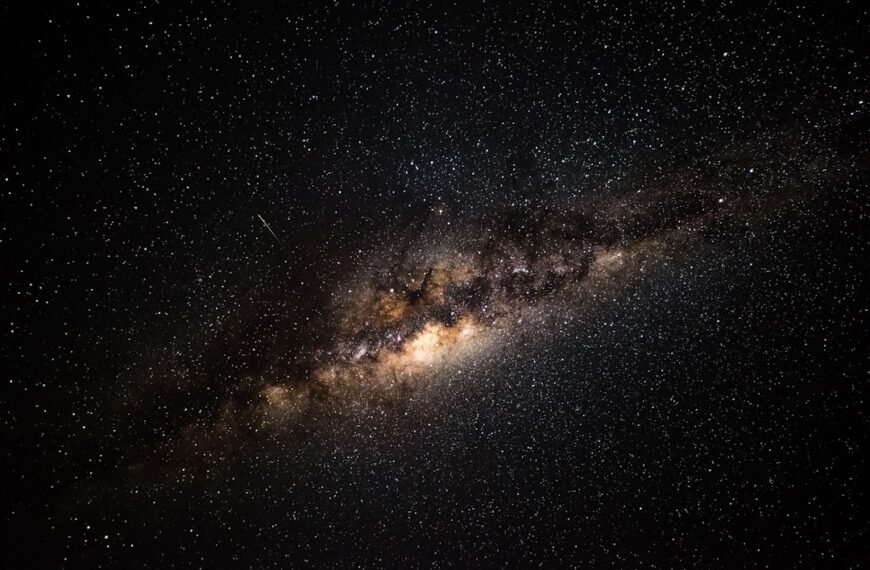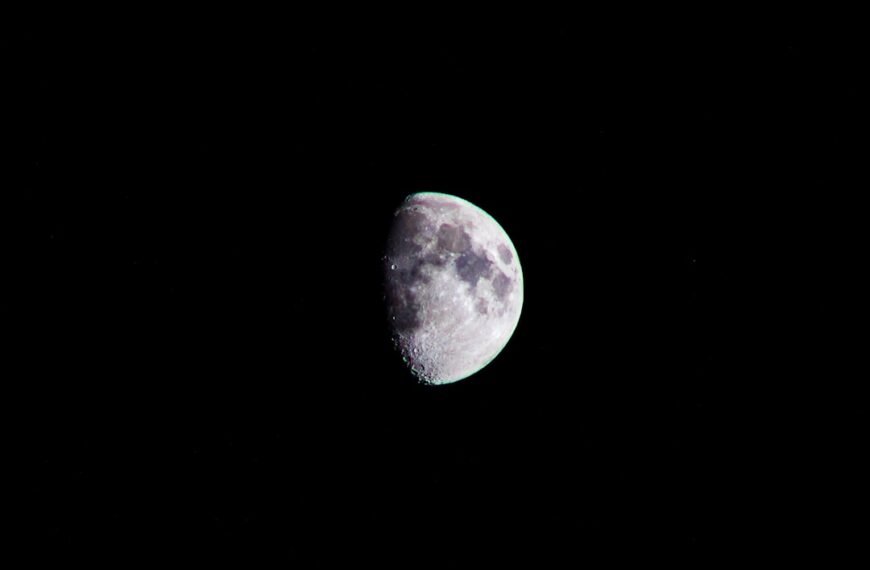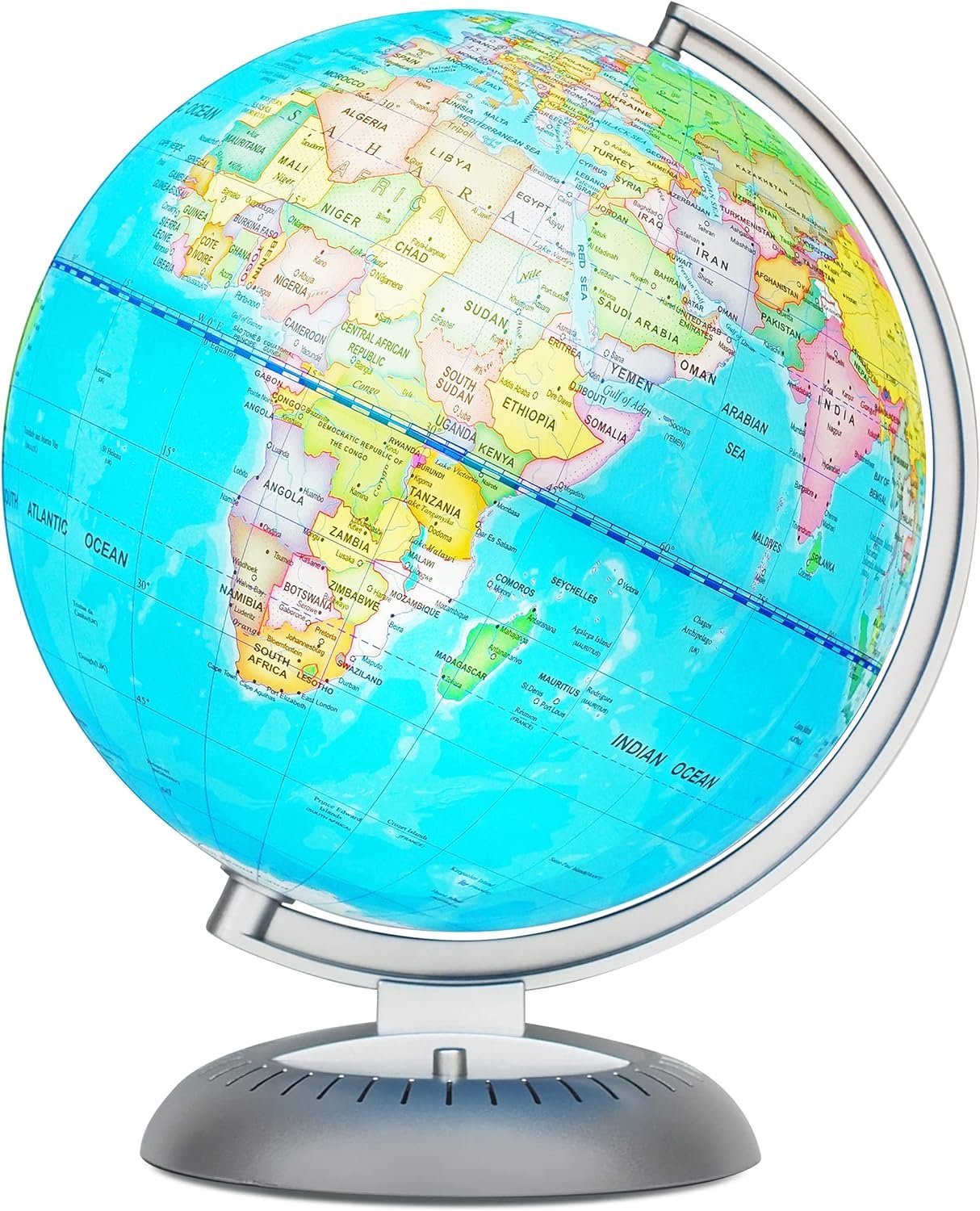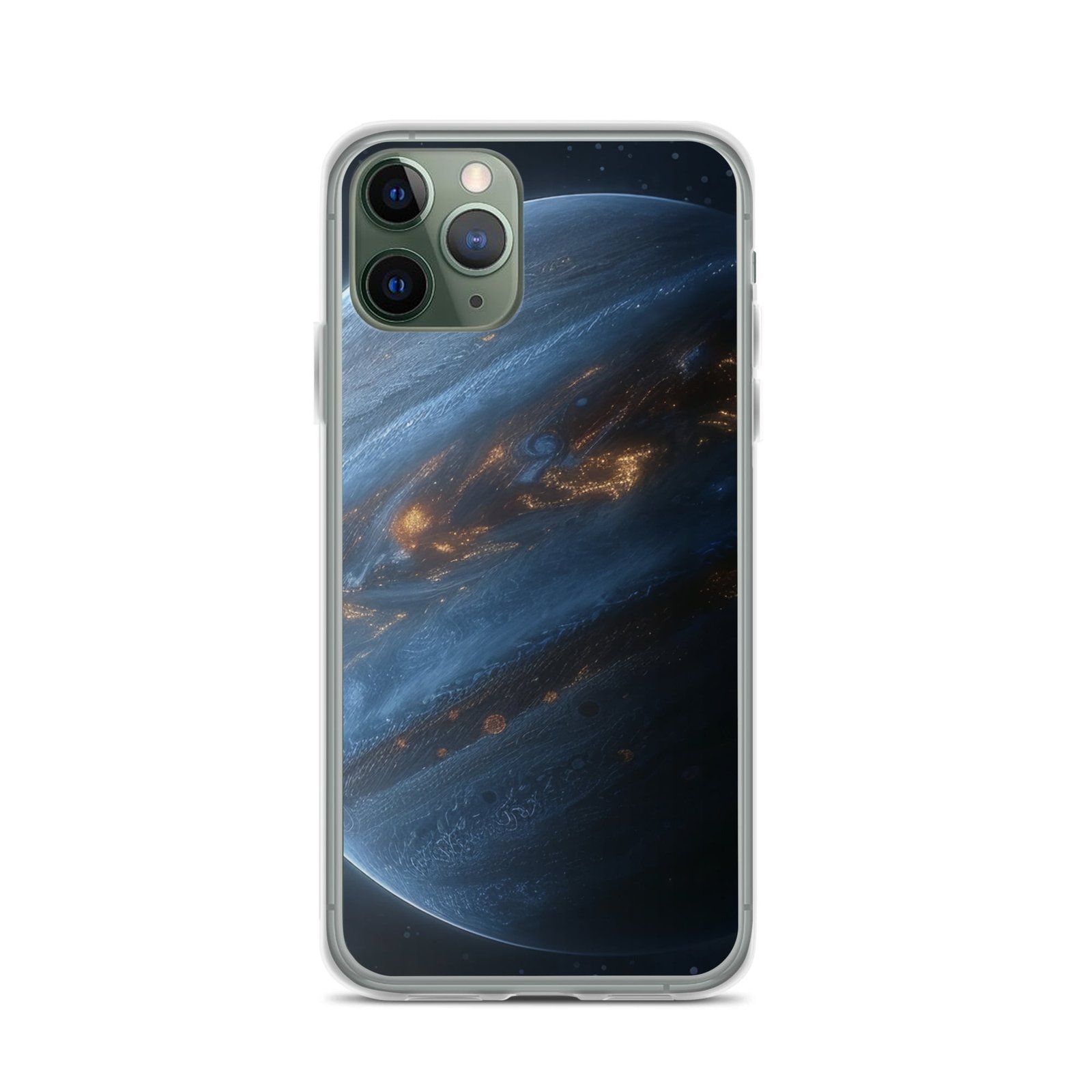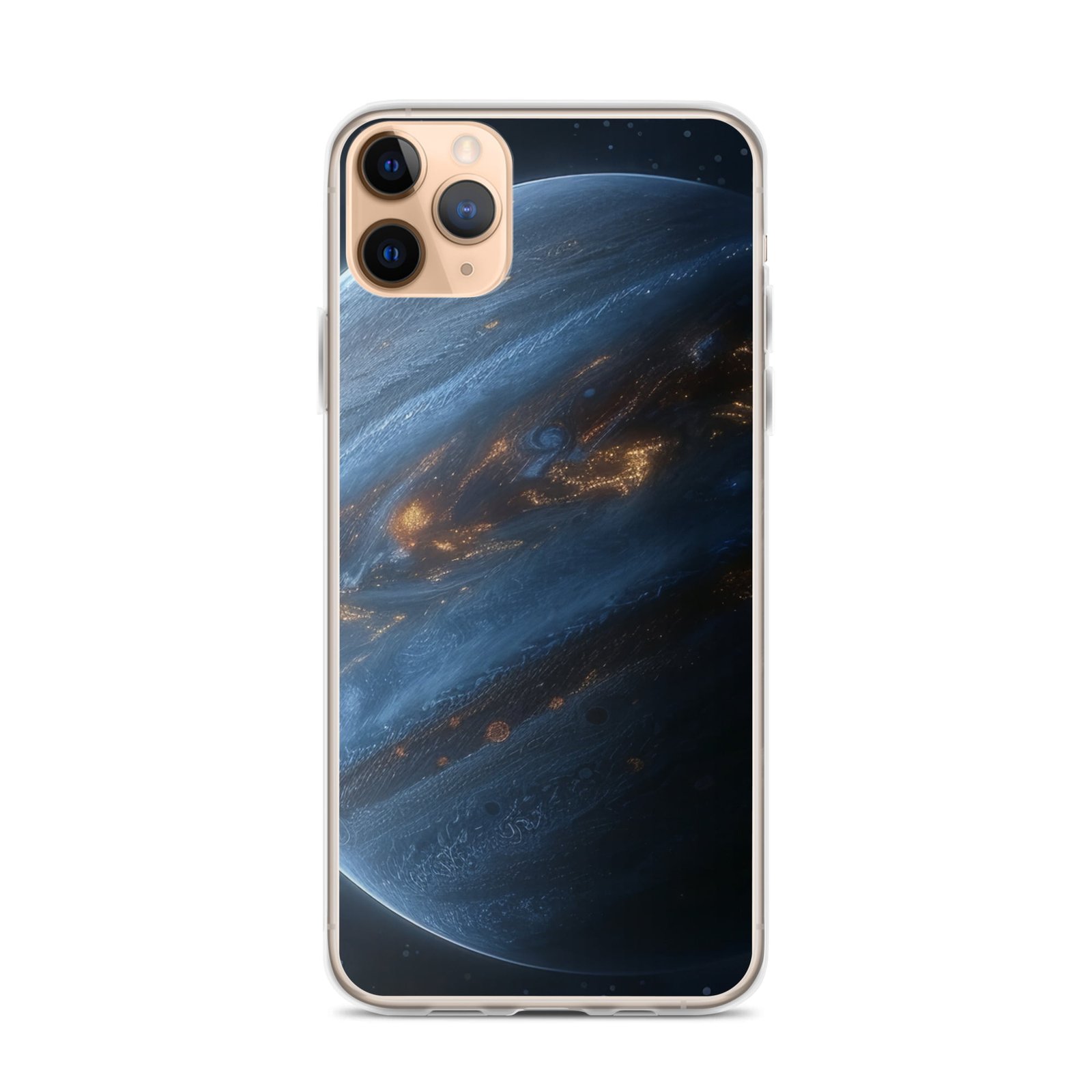Space has always been a source of fascination and wonder for humans. It is often described as a vacuum, a vast expanse of nothingness. However, it turns out that space has a distinct smell, a smell that has puzzled scientists for decades. The smell of space has been described in various ways, from metallic and burnt to sweet and unique. Despite years of research, scientists are still trying to unravel the mystery of space smell.
Key Takeaways
- Space has a distinct smell that has puzzled scientists for decades.
- The science of smell involves the detection of odor molecules by receptors in the nose.
- The smell of space is caused by a combination of factors, including the outgassing of spacecraft materials and the presence of cosmic dust.
- Astronauts have described the smell of space as a mix of burnt metal, gunpowder, and seared steak.
- Studying space smell is challenging due to the difficulty of collecting samples and the potential health risks associated with exposure to space dust.
The Science of Smell and How It Works
The sense of smell is one of the most complex and least understood senses in the human body. Smell is detected by specialized cells in the nose called olfactory receptors. These receptors are responsible for detecting different odors and sending signals to the brain, which then interprets them as different smells.
When we inhale, odor molecules enter our nose and come into contact with the olfactory receptors. These receptors are highly sensitive and can detect even the smallest concentrations of odor molecules. Once the receptors detect an odor molecule, they send signals to the brain through the olfactory nerve. The brain then processes these signals and interprets them as different smells.
What Causes the Smell of Space?
The smell of space is thought to be caused by a combination of factors. One possible factor is cosmic dust, which is made up of tiny particles that are present throughout space. These particles can carry various chemicals and compounds that contribute to the smell of space.
Another factor is radiation. Space is filled with high-energy particles that can interact with spacecraft materials and create new compounds. These compounds can then contribute to the unique smell of space.
Lastly, the outgassing of spacecraft materials can also play a role in creating the smell of space. When spacecraft are exposed to the vacuum of space, certain materials can release volatile organic compounds (VOCs). These VOCs can mix with other chemicals present in space and create a distinct smell.
Astronauts’ Experiences with Space Smell
Many astronauts have reported experiencing the smell of space during their missions. During spacewalks, astronauts have described the smell as a burnt or metallic odor. Some have compared it to the smell of gunpowder or welding fumes.
These reports from astronauts provide valuable insights into the smell of space. Their firsthand experiences help scientists understand the nature of the smell and its potential causes.
The Role of Spacecraft Materials in Creating Smell
The materials used in spacecraft construction can play a significant role in creating the smell of space. Plastics, adhesives, and other materials used in spacecraft can release volatile organic compounds (VOCs) when exposed to the vacuum of space.
These VOCs can mix with other chemicals present in space, such as cosmic dust and radiation-induced compounds, and create a unique chemical cocktail that produces the distinct smell of space.
The Challenges of Studying Space Smell

Studying the smell of space presents unique challenges for scientists. Unlike other senses, such as sight or hearing, it is difficult to recreate the conditions of space on Earth. The vacuum of space, the presence of cosmic dust, and the high-energy radiation are all factors that cannot be easily replicated in a laboratory setting.
As a result, scientists must rely on data from space missions and experiments conducted in low Earth orbit to study space smell. These experiments involve exposing various materials to the conditions of space and analyzing the resulting smells.
Comparing Space Smell to Other Familiar Scents
Despite its unique qualities, the smell of space has been compared to other familiar scents. Some astronauts have described it as similar to burnt toast or ozone, while others have compared it to the smell after a fireworks display.
These comparisons can help scientists better understand the chemical makeup of space smell. By comparing it to familiar scents, scientists can identify the specific compounds and chemicals that contribute to the smell of space.
The Potential Impacts of Space Smell on Human Health
While the smell of space itself is not harmful to humans, the chemicals that create it could have potential health impacts. Volatile organic compounds (VOCs) released by spacecraft materials can be toxic and harmful if inhaled in high concentrations.
Further research is needed to understand the long-term effects of exposure to space smell and VOCs. This research could help inform the development of safety protocols and guidelines for astronauts during space missions.
Future Research Directions for Space Smell
Scientists are continuing to study the smell of space and its potential impacts on human health. Future research could focus on developing new materials for spacecraft construction that do not release VOCs. This could help minimize the potential health risks associated with exposure to space smell.
Additionally, further experiments in low Earth orbit and on the International Space Station could provide valuable data on the chemical makeup of space smell and its effects on human health.
The Fascinating World of Space Smell
The smell of space is a fascinating and perplexing phenomenon that has captured the imaginations of scientists and the public alike. Despite decades of research, much remains unknown about space smell. However, ongoing research is helping to shed light on this mysterious scent.
By studying the smell of space, scientists are not only unraveling a scientific mystery but also gaining insights into the potential impacts of space travel on human health. As we continue to explore and venture further into space, understanding the smell of space will become increasingly important for ensuring the safety and well-being of astronauts.
If you’re fascinated by the mysteries of space, you might also be interested in exploring the question of how long it would take to get to Saturn from Earth. In a thought-provoking article by The Universe Episodes, they delve into the complexities of interplanetary travel and calculate the estimated time it would take for a spacecraft to reach Saturn. Strap in and embark on this cosmic journey by reading the article here. And while you’re at it, don’t forget to check out their other captivating articles on topics like the fate of planets tied to the star they orbit and the strangest things found in space.\

